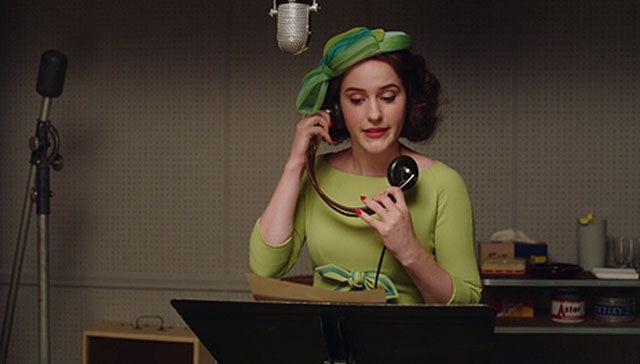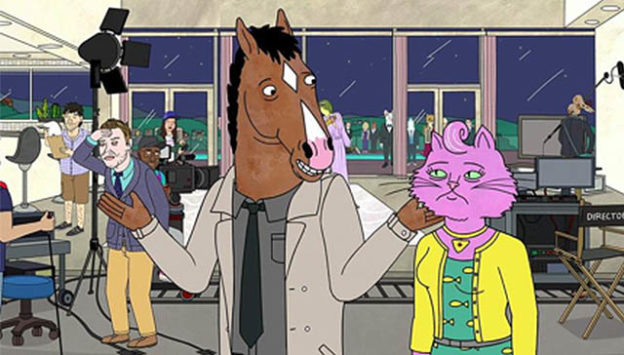Written for Casting Networks News by Terry Berland @berlandcasting.
Photo source: Shutterstock.com
Voiceover opportunities are available now, as never before. Here are eight nuggets to help you become a successful working voiceover artist.
The Most Important Thing Is to Connect with the Message.
In voiceover, you don’t have your looks, facial expressions, or body language to get your message across. Your voice is the only thing you have to convey the message. Remember, the ad is looking to brand itself emotionally. The voice is topping off the emotional feel of the spot.
Find the Hints in the Script to Determine the Direction of Your Read.
You are usually given direction as to how your read should sound. Sometimes the direction can be a little confusing and even conflicting.
For instance, a message can be encouraging, inspirational, upbeat, excited, or empathetic. Know how to identify words and visual explanations in a script that will give you strong hints as to which direction your read should go. Some key words to look for to know what sounds to apply include “dimly lit” (intimate/close to the mic), “personal” (one-on-one/friendly), “you can be assured” (trustworthy), “imagine” (inspirational), and ”children playing” (warm and friendly). Written descriptions of how the spot is framed such as “pan in,” “tight shot,” or “wide shot” also send you direct messages regarding the emotional feel that your voice should convey.
Voiceover Reads Have Unique Differences from On-Camera Acting.
For example, when you pause in voiceover, it isn’t as long as it would be in real life, or for on-camera acting. If you are conveying warmth, you will have to put a smile on your face, which will be conveyed in your voice. In addition, the flow and rhythm of a sentence may have to move along differently than in real life. One example is a wave-type flow.
Expect to Be Pulled in Many Different Directions at the Final Recording Session.
The producers can’t afford to have you back to re-record and pay you and the studio a second time, so they may direct you all over the place to cover all possible choices they anticipate the client may want to hear (as the expression goes) “in the can.” Don’t get jittery or nervous. Having you record many different choices does not mean you’re doing it wrong.
Know How to Walk into the Room.
Walk into the recording session or casting session with confidence, but not arrogance. Have your own point of view that you delivered in your audition which got you the call back in the first place. Also, have a tell-me-what-you-need-and-I’ll-give-it-to-you kind of feel.
Don’t Over-Edit Your Self Taped Audition.
Don’t edit every bit of space out from one sentence to the next. There is an emotional life in those little moments that, when eliminated, creates a robotic, slick feel to the read.
Don’t Get Discouraged.
I can send my clients who are making the decisions eighty great reads. All have different nuances. Only one person will be booked. If you don’t book this time, know, and really believe, your time is coming.
Step Up to the Mic Beyond Technique.
Lastly, when you really are advanced, you will be able to step up to that mic beyond technique; own your read, and connect to the message.
If you want to sharpen up your voice-over technique, follow this link to Terry Berland’s Voice-Over workshops.








